Technical Problems and Solutions for Highway Bridge Detection
DOI: 10.23977/jemm.2024.090204 | Downloads: 47 | Views: 1378
Author(s)
Wangming Wu 1, Gongxing Yan 2, Wenjie Yang 3,4, Xiaoping Zou 3, Yuhu Sun 1
Affiliation(s)
1 Aneng Third Bureau Chengdu Engineering Quality Testing Co., Ltd, Chengdu, 611130, China
2 School of Materials Science and Engineering, Wuhan Institute of Technology, Wuhan, 430205, China
3 Sichuan Jinghengxin Construction Engineering Testing Co., Ltd, Luzhou, 646000, China
4 School of Intelligent Construction, Luzhou Vocational and Technical College, Luzhou, 646000, China
Corresponding Author
Gongxing YanABSTRACT
In recent years, the number of newly built bridges has been increasing, bringing great convenience to people's transportation. However, due to the sharp increase in traffic volume and load capacity, some existing bridges have gradually exposed a series of quality problems, threatening the safety of bridge operation. Therefore, it is necessary to scientifically increase the detection and evaluation of bridge quality diseases, take effective maintenance and reinforcement measures based on the specific disease situation of the bridge, comprehensively improve the bearing performance of the bridge, and ensure its service life. This article combines specific engineering practices to systematically analyze bridge detection and reinforcement technology, which can improve the level of bridge maintenance and reinforcement technology and promote the comprehensive development of bridge engineering. Firstly, the importance of highway bridge detection and the shortcomings of traditional inspection methods were introduced, and the research progress in this field worldwide was summarized. Next, the experimental methods were elaborated in detail, including data acquisition, data augmentation, model training, and image processing steps, and the experimental results were analyzed and discussed. The results indicate that the YOLOv4 (You Only Look Once Version 4) model performs the best on various indicators. Its accuracy reaches 0.96, recall rate is 0.94, F1 score is 0.95, providing scientific basis and technical support for the safe operation and maintenance of bridges.
KEYWORDS
Bridge Detection Technology; Crack Identification; Deep Learning Models; Data Augmentation; Structural Health MonitoringCITE THIS PAPER
Wangming Wu, Gongxing Yan, Wenjie Yang, Xiaoping Zou, Yuhu Sun, Technical Problems and Solutions for Highway Bridge Detection. Journal of Engineering Mechanics and Machinery (2024) Vol. 9: 29-37. DOI: http://dx.doi.org/10.23977/jemm.2024.090204.
REFERENCES
[1] Bertola N J, Brühwiler E. Risk-based methodology to assess bridge condition based on visual inspection[J]. Structure and Infrastructure Engineering, 2023, 19(4): 575-588.
[2] Congress S S C, Escamilla III J, Chimauriya H, et al. Eye in the Sky: 360° Inspection of Bridge Infrastructure Using Uncrewed Aerial Vehicles (UAVs)[J]. Transportation Research Record, 2024, 2678(4): 482-504.
[3] Bianchi E L, Sakib N, Woolsey C, et al. bridge detection component registration for damage evolution[J]. Structural Health Monitoring, 2023, 22(1): 472-495.
[4] Plotnikov M, Collura J. Integrating unmanned aircraft systems into state department of transportation highway bridge inspection procedures: challenges, implications, and lessons learned[J]. Transportation research record, 2022, 2676(2): 529-540.
[5] Li Y, Karim M M, Qin R. A virtual-reality-based training and assessment system for bridge inspectors with an assistant drone[J]. IEEE transactions on human-machine systems, 2022, 52(4): 591-601.
[6] Futai M M, Bittencourt T N, Carvalho H, et al. Challenges in the application of digital transformation to inspection and maintenance of bridges[J]. Structure and Infrastructure Engineering, 2022, 18(10-11): 1581-1600.
[7] Aliyari M, Ashrafi B, Ayele Y Z. Hazards identification and risk assessment for UAV–assisted bridge inspections [J]. Structure and Infrastructure Engineering, 2022, 18(3): 412-428.
[8] Talebi S, Wu S, Al-Adhami M, et al. The development of a digitally enhanced visual inspection framework for masonry bridges in the UK[J]. Construction Innovation, 2022, 22(3): 624-646.
[9] Azari H, O’Shea D, Campbell J. Application of unmanned aerial systems for bridge inspection[J]. Transportation Research Record, 2022, 2676(1): 401-407.
[10] Mohamed M, Tran D Q. Content analysis of e-inspection implementation for highway infrastructure construction projects [J]. Engineering, construction and architectural management, 2023, 30(7): 2621-2644.
[11] Chen A, Fang X, Pan Z, et al. Engineering practices on surface damage inspection and performance evaluation of concrete bridges in China[J]. Structural Concrete, 2022, 23(1): 16-31.
[12] Bah A S, Sanchez T, Zhang Y, et al. Assessing the condition state of a concrete bridge combining visual inspection and nonlinear deterioration model[J]. Structure and Infrastructure Engineering, 2024, 20(2): 149-164.
[13] Munawar H S, Hammad A W A, Waller S T, et al. Modern crack detection for bridge infrastructure maintenance using machine learning[J]. Human-Centric Intelligent Systems, 2022, 2(3): 95-112.
[14] Mugnai F, Bonora V, Tucci G. Integration, harmonization, and processing of geomatic data for bridge health assessment: the Lastra a Signa case study[J]. Applied Geomatics, 2023, 15(3): 533-550.
[15] Zhang C, Karim M M, Qin R. A multitask deep learning model for parsing bridge elements and segmenting defect in bridge inspection images[J]. Transportation Research Record, 2023, 2677(7): 693-704.
[16] Kurani A, Doshi P, Vakharia A, et al. A comprehensive comparative study of artificial neural network (ANN) and support vector machines (SVM) on stock forecasting[J]. Annals of Data Science, 2023, 10(1): 183-208.
[17] Chaabane S B, Hijji M, Harrabi R, et al. Face recognition based on statistical features and SVM classifier[J]. Multimedia Tools and Applications, 2022, 81(6): 8767-8784.
[18] Shuo W, Ming M. Exploring online intelligent teaching method with machine learning and SVM algorithm[J]. Neural Computing and Applications, 2022, 34(4): 2583-2596.
| Downloads: | 10930 |
|---|---|
| Visits: | 408777 |
Sponsors, Associates, and Links
-
Cybernetics and Mechatronics
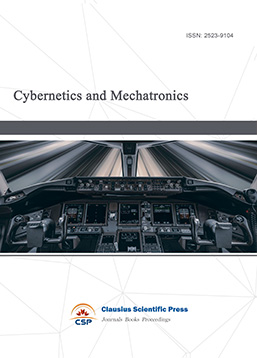
-
Digital Manufacturing and Process Management
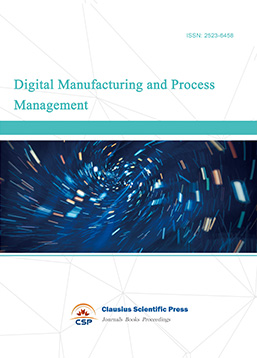
-
Ultra-Precision Machining Process

-
Journal of Robotics and Biomimetics
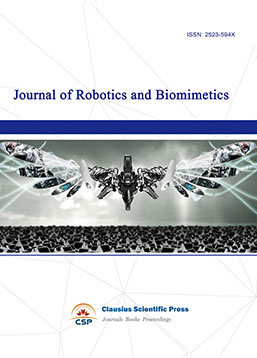
-
Prognostics, Diagnostics and Health Management

-
Micro-Electro-Mechanical Systems

-
Journal of Precision Instrument and Machinery
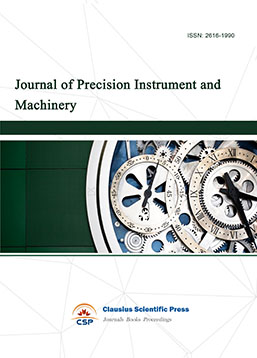
-
Engineering and Solid Mechanics

-
Fracture and Damage Mechanics
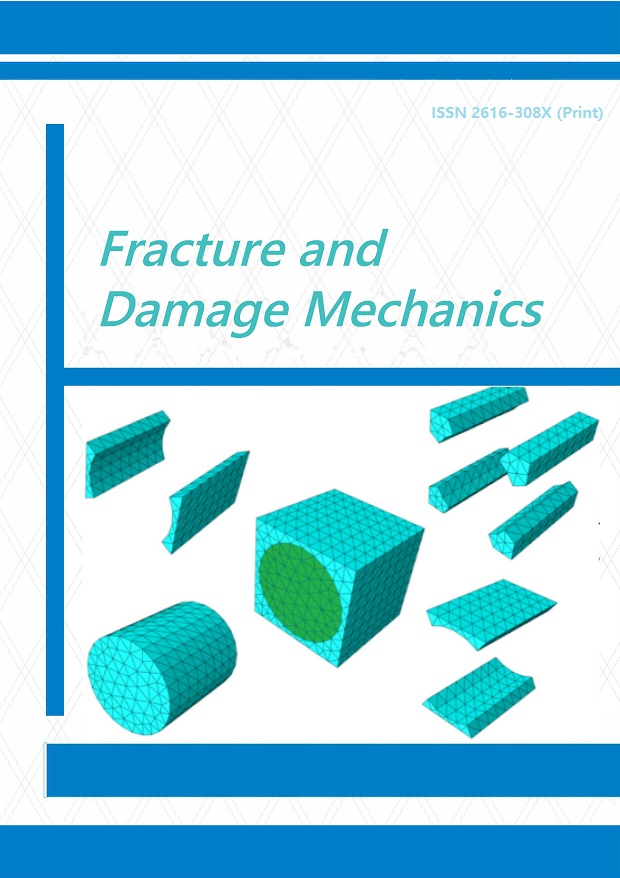
-
Frontiers in Tribology

-
Fluid and Power Machinery

-
Chemical Process Equipment
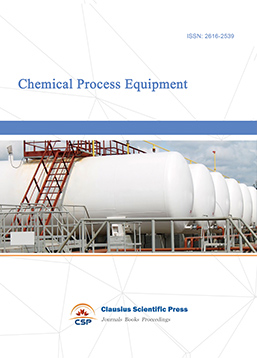
-
Journal of Assembly and Manufacturing
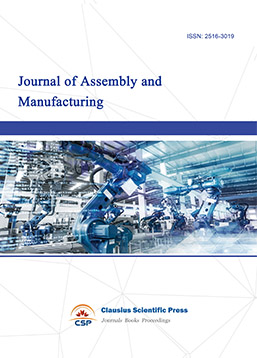
-
Mechanical Vibration and Noise


 Download as PDF
Download as PDF